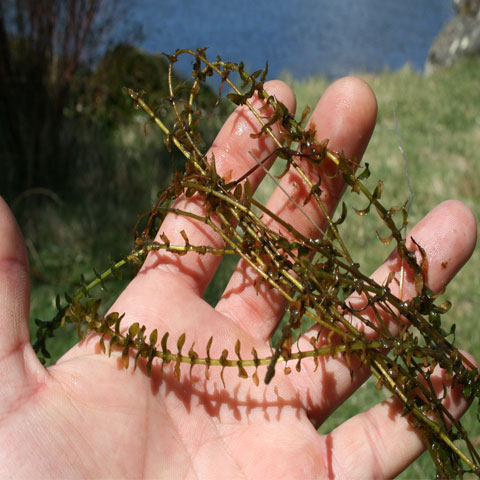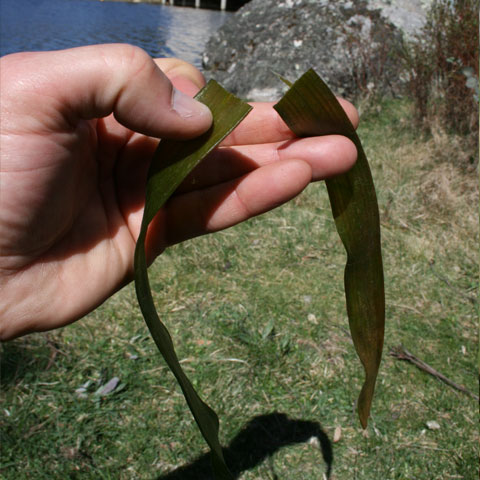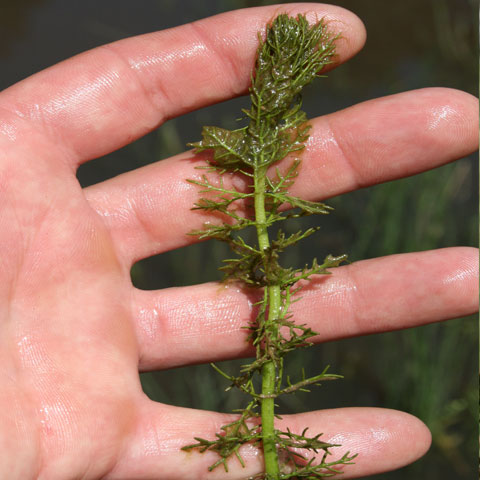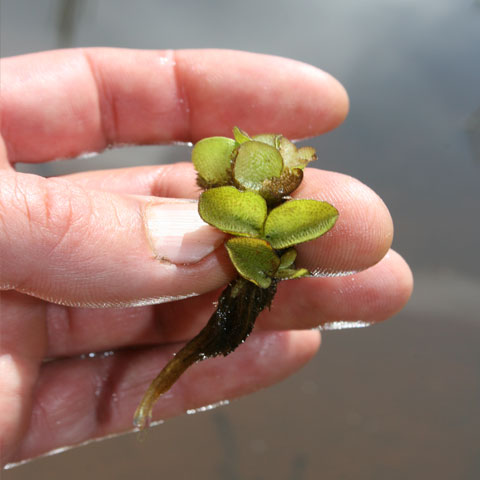
Aquatic Plant & Algae Identification Services
There are 4 types of Aquatic Weeds in Australia:
- Emergent Aquatic Weeds
- Floating-Attached Aquaitic Weeds
- Submerged Aquatic Weeds
- Free-Floating Aquatic Weeds
As specialists in aquatic plant and algae identification, Aquatic Technologies offer a unique service to identify your specific aquatic plant or algae species.
Positive identification results in the correct treatment action for your specific situation.
For aquatic plant or algae identification there is no need to send samples to us, as we often can identify from photos sent via iPhone or email.
Aquatic plants are generally divided into four groups for management purposes. These groups are Algae, Floating Aquatic Plants, Submerged Aquatic Plants, and Emergent Aquatic Plants.
Algae are very primitive plants. Some algae are microscopic (planktonic algae), others are thin and stringy or hair-like (filamentous algae), while others resemble large plants but without true roots (chara).
Floating Plants are not attached to the substrate. Floating plants come in sizes from very small (duckweed) to much larger (salvinia). Most have roots that hang in the water from the floating green portions.
Submerged aquatic plants are rooted plants with most of their vegetative mass below the water surface, although some portions may stick above the water. One discerning characteristic of submerged plants is their flaccid or soft stems, which is why they do not usually rise above the water’s surface.
Emergent aquatic plants are rooted plants often along the shoreline that stand above the surface of the water (cattails). The stems of emergent plants are somewhat stiff or firm.
Many waterways have more than one type of aquatic plant and care must be taken to identify them correctly so that the most appropriate control measures and actions can be taken.
Some aquatic plants in waterways may be beneficial and therefore, may want to be encouraged or at least not eliminated.





